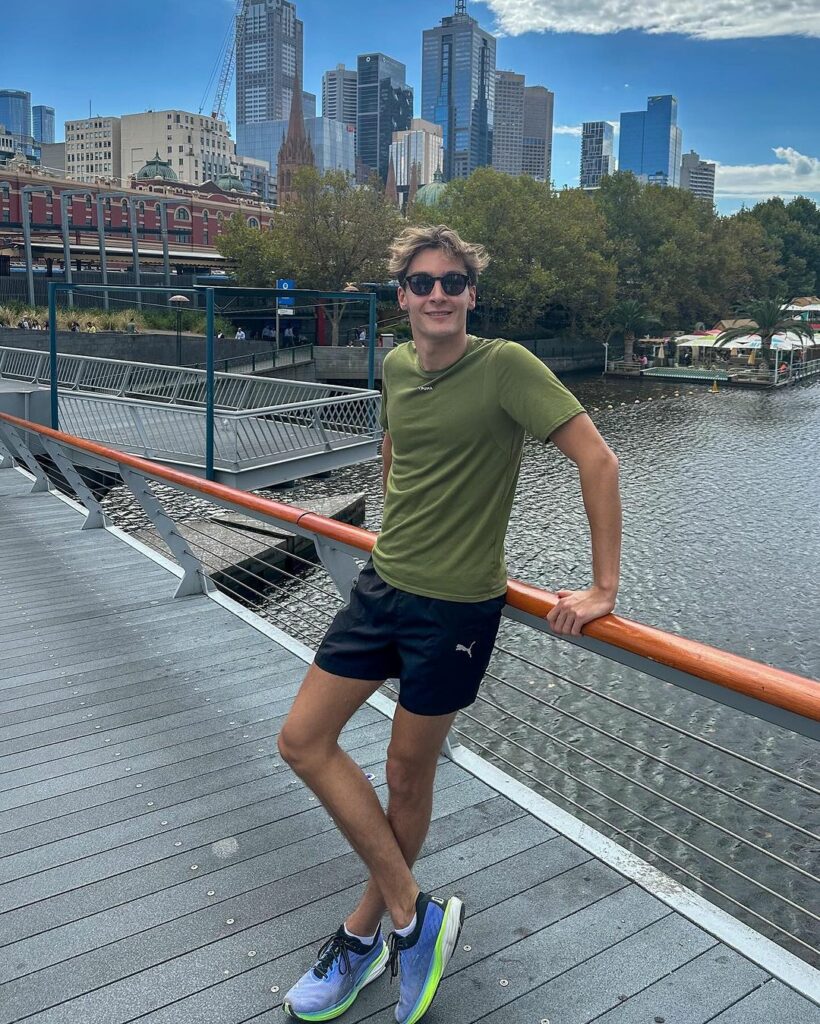
New work shoes. Walked five miles in flip-flops. Didn’t wear socks with those sneakers.
Whether it’s on your heel, toe, or ball of your foot, blisters are a literal pain.
Here’s how to heal them as fast as possible.
LEAVE THE BLISTER ALONE
The weird attraction/repulsion that comes with a blister will probably have you poking, prodding, peeling, and popping.
Resist temptation or you’ll risk slowing the healing process.
“The old-school rule was to pop a blister, but that can lead to infection,” says Dr Larry Goldfarb, founder of the Medical and Wellness Centre.
To ward off infection, Dr. Goldfarb recommends keeping the area as clean and dry as possible – and leaving it alone.
Related: 4 Reasons Your Feet Smell – And What to Do About It
KEEP THE BLISTER CLEAN
Along with carefully washing the blister with warm water and soap, Dr. Goldfarb recommends changing your socks multiple times during the day.
At night, apply antibacterial ointment or cream to the area, and top it off with a Band-Aid.
ADD A SECOND SKIN
You need a barrier to allow the blister to heal, says Scott Weiss, a physical therapist and exercise physiologist.
Try synthetic skin: “Use products like 2nd Skin and Compeed,” he says. “These small, clear bandages keep the blister protected, and if it pops, they absorb the fluid, which keeps infection at bay.”
Dr. Goldfarb adds: “After exercising, remove the bandage, wash the skin around the blister, and pat it dry. Then either put it back on or apply a new one.”
Related: 7 Weird Signs of Health Trouble
KEEP THE BLISTER LUBRICATED
Blisters occur because of friction, explains Weiss: “Skin layers separate, then fill up with fluid as protection.”
To minimise friction, Weiss recommends lubricating the area with petroleum jelly (or coconut oil) before heading out for a walk. Apply it on top of the 2nd Skin or Band-Aid.
“Clean the area with mild soap after,” he says, adding: “If you keep the blister clean and protected, it will usually go away within seven to 10 days.”
















